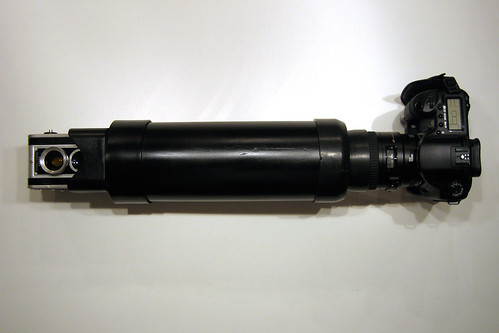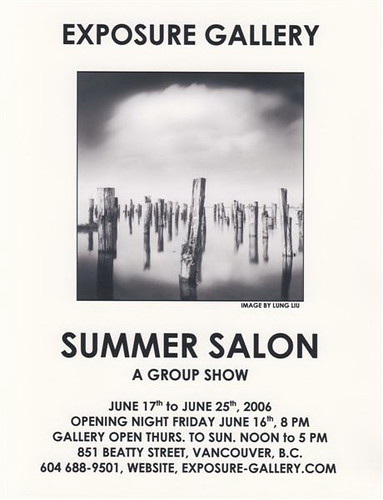The lens performed well across its range, particularly in terms of corner sharpness at wide angle, while essentially matching our EF 85mm f1.8 prime in terms of resolving power. We were also impressed with the Image Stabilisation which allowed us to handhold at much slower shutter speeds than normal. Compared to lenses designed for bodies with smaller sensors though, it suffered from a worse degree of light fall-off, but this is par for the course for wide-angle lenses designed for full-frame bodies.
There’s an effective demonstration of Canon’s IS (Image Stabilisation) handheld at 1/13 second, too. (The shit works!)
Read review at Camera Labs
Via PhotographyBLOG
See also: Bill Caulfeild-Browne’s A Comparison of the new Canon 24-105 mm f4 L IS lens with the Canon 24-70 mm f2.8 L and Mark D. Segal’s How I Decided to Up-Grade From a Canon 28~135 IS to a Canon 24~105 F/4L IS at Luminous Landscape



